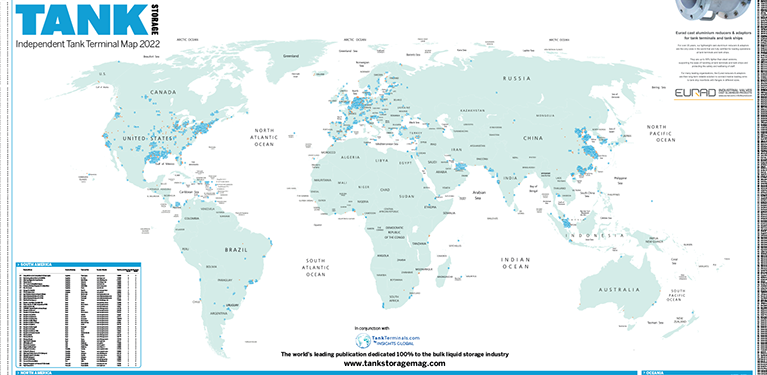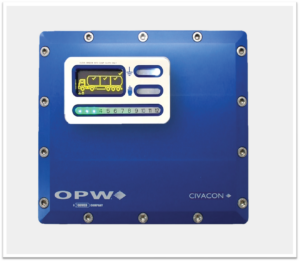Derek Blagg and Adam Wishall from Varec summarise their recent Tank Talk webinar
The November Tank Talk webinar, presented by bulk liquid storage products and engineering company Varec, aimed to provide helpful tips, and outline critical questions to ask and answer to help organisations successfully connect the dots across their facility.
Derek Blagg, commercial director of Varec, and Adam Wishall, automation sales manager for Varec, co-lead the webinar. To start off the talk, Blagg explained: ‘Organisations often face many challenges when designing, deploying, and maintaining a comprehensive automated solution that integrates devices and interfaces for management and control across the facility,’ He further advised that you must look at an operation’s entire landscape to properly connect the dots, starting at the tank, then in the field, to the control room, at the load rack, and finally at the enterprise.
THE CHALLENGES
Integrating multiple components to provide automation and control is complicated for many according to Blagg.
‘No matter how big or small the operation, legacy systems are often the biggest opportunities to tackle. They often have obsolete components or are operating with components that have reached end-of-life. It is also difficult to scale legacy systems to support changing needs as new devices typically don’t support legacy or outdated field protocols,’ he said.
Other challenges include managing components, devices, and interfaces from different manufacturers, and knowing if and how these devices can be integrated. Another thing to consider is how to manage communications between systems. With communication, one must think about both the physical layer as well as the data that will support the communications.
Speaking of infrastructure, shifts to the cloud have resulted in a whole new set of challenges. The increased focus on cyber security and data protection has some operations reluctant to migrate away from legacy systems and technologies.
CONNECTING THE
DOTS AT THE TANK
‘Starting at the tank, the first thing to consider is the level of accuracy needed. This will determine what tank gauging technology is required,’ said Wishall. The type of product being stored, i.e. liquids or solids, and if API 2350 or custody transfer are required, are other considerations. How the product will be measured, i.e. by volume or weight, whether temperature or pressure is tracked, or if product movement will be tracked are also factors.’
It is important to determine early on if the data needs to be collected in real time or near real time. That will greatly impact the level of automation required. Redundancy, as well as fail-safe requirements are both vital to ensure there are no gaps in data but may not be essential depending on the product or liquid being tracked.
Communication, relative to automation, should be clearly understood. How will the communication to and from devices be handled and what security implications could result? How will the data be accessed? Does there need to be a local display at the communication interface? Will there be a human-machine interface (HMI) with supervisory control and data acquisition (SCADA) software in the control room? Is there more than one control room? Also, will the data need to be accessible at the enterprise? Do not overlook these questions – make sure to map it all out early.
CONNECTING THE
DOTS IN THE FIELD
Wishall advised that operators should know what is in the field, or what will be need needed, during the planning stage. Also, determine the level of data collection desired. Is a simple true/false indication of status sufficient, i.e. the valve is open? Are detailed trends needed, i.e. the number of times the valve was opened and the duration? As with at the tank, the question of real time or near real time must be determined, as well as redundancy and fail-safe requirements. Knowing how the devices will communicate, i.e. analogue versus digital versus field busses, and how best to secure the data are also important considerations.
‘I’ve helped customers support preventative field maintenance in the field through automation. For example, pumps and valves can be controlled to determine the order, duration, and frequency to reduce wear and tear. Automation can also control the gate and access to the facility and extend throughout the field to things like weight scales, presets, product availability, and more,’ added Wishall. It really comes down to each operation defining its goals ahead of time.
CONNECTING THE
DOTS IN THE CONTROL ROOM
An engineer by trade, Wishall has spent many years in customers’ control rooms, which are the epicenter of the automation system. The interfaces supporting control at the tank and in the field generally reside there. Communication management and security are extremely vital here. Infrastructure, access. and permissions will likely depend on whether data is stored on a controlled network versus a business network. Additionally, wired versus wireless will come into play based on what is installed at the tank or in the field. How and when system updates are managed across connected interfaces, workstations, and servers will also have security implications.
Interfaces, such as PLCs (programmable logic controllers), RTUs (remote terminal units), and DCSs (distributed control systems) power a lot of the automation and control.
‘When I design automation systems, I ensure the customer is able to leverage the true power of these devices,’ said Wishall. ‘The programming should support the needs and goals of the organisation, while also being simple and intuitive, with logic easy to update and maintain.’
If there is an integrated HMI SCADA software solution, the visualisation of the data is typically available in the control room. The HMI can provide a lot of value for operators, such as the ability to manage product and personnel safely functionality, such as alarming, leak detection, and overfill prevention. It can also support automation for pipeline receipts, pre-checks, lineups, and movements. Historical trends and reports are also typically available, giving operators and managers access to timely data.
CONNECTING THE
DOTS AT THE LOAD RACK
For sites with load racks, automation usually begins by integrating the load rack system with the gauging system. This helps ensure accurate availability based on product levels. There are some familiar considerations here as well, such as communication, data security and the type of data measurement used when loading product. There are often environmental systems that need to be integrated with the load rack, such as grounding, vapour recovery, and deadman switches.
When managing the load rack, Blagg explained that it’s all about the load rate. Is the load rate where it needs to be? Is the loading process automated from facility access through to issuing the bill of lading (BOL)? If not, should it be? What about verifications and validations in the workflow? Validation of company status, driver qualifications, and vehicle status, as well as managing recipe control through the injection system can all be automated. Built-in validations make it easy to know when to permit a driver or company access to load product and what product is made available. Once in place, organisations can better support large terminal operations, as well as unmanned locations.
CONNECTING THE
DOTS TO THE BACK OFFICE
Fast and accurate accounting and reconciliation are critical to any operation.
‘It’s important to know if there accounting standards, requirements or reporting processes that need to be followed, or implemented as a part of the automated system,’ Blagg said.
Also, is the data input manual or is automated data capture happening in real time?
When it comes to the BOLs, how are product receipts tracked and managed? For example, are the receipts metered or gauged? Additional data collection questions to know the answer to include: Is the system capable of meter reconciliation? Is there tracking for variations between physical and book inventories? Is the tracking done daily versus weekly versus monthly and what types of trends or analysis are available?
Lastly, as this data is highly sensitive, how will access be managed? Who needs access? What other data sharing methods will need to be supported? Mapping this out will help ensure the right tools and processes are put in place at the tank, in the field, in the control room, and at the load rack to adequately support back-office functions.
CONNECTING THE
DOTS TO THE ENTERPRISE
Every facility must report some level of information up the chain according to Blagg. Understanding what data is needed at the enterprise, and how it will be accessed, is vital when designing your automation system. How will site data be brought into the enterprise, including connectivity and data frequency? What specific data is needed and how will it be managed and controlled? Will the enterprise simply view the data, or will modifications be permitted? Do certain groups at the enterprise need specific views? What permission levels are needed across the data set?
Data sharing methods and security will factor heavily as there is typically integration between the enterprise and other systems, such as customer and vendor systems and enterprise resource planning (ERP). Another decision point is determining if customers will have access to any of the data, and if so, how that will be supported.
CONCLUSION
Integration is complicated, how would you connect your dots?
The key is to stay aware of industry trends and best practices and try to be as prepared as possible. Ask questions, a lot of them, to ensure no dot is being overlooked. Leverage smart engineering, performed by knowledgeable experts, to help. Be sure your business needs are met while aligning costs with expected the value of the system.
For more information:
www.varec.com















